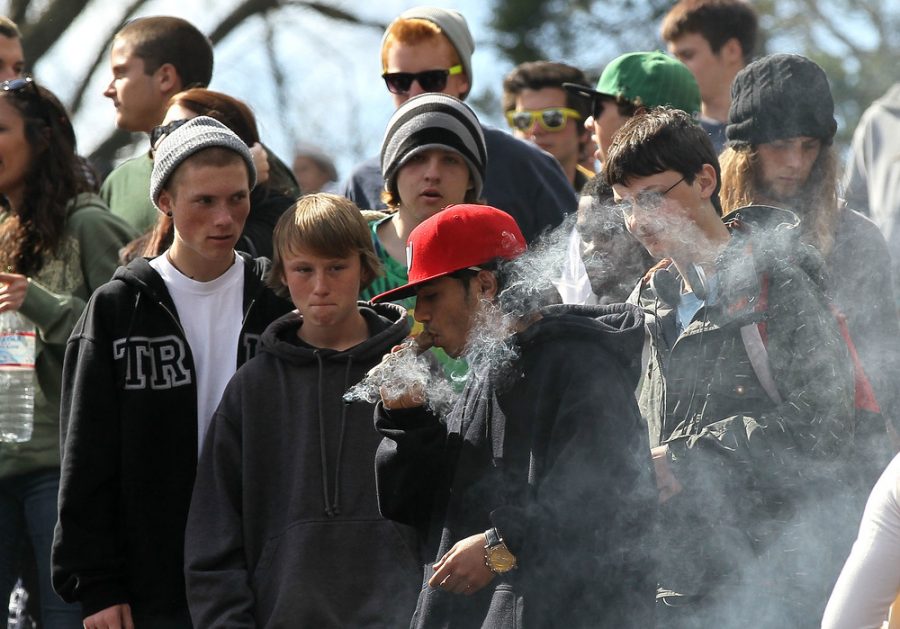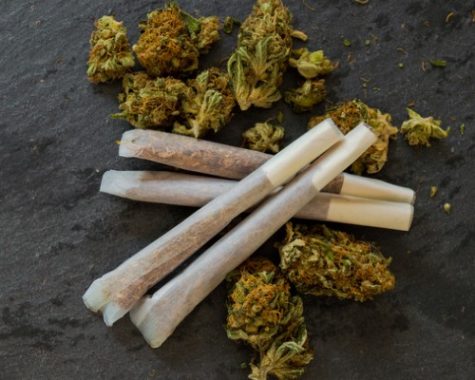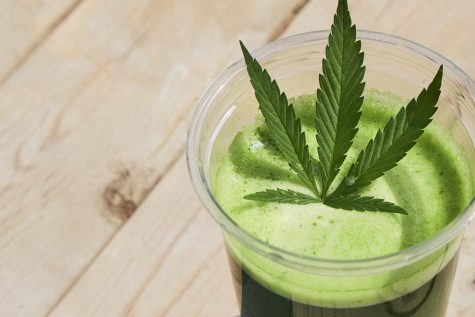Federal report: Youth cannabis consumption remained steady after states enacted legalization
Youth cannabis consumption remains stable, in spite of the fact that the plant is becoming more widely accessible across the United States. This is according to a federal government-funded annual survey, titled, “Monitoring the Future (MTF).”
The federal report on youth cannabis consumption discovered that use of the plant among adolescent groups “did not significantly change in any of the three grades for lifetime use, past 12-month use, past 30-day use, and daily use from 2019-2020.”
The findings of the MTF study – which was carried out by the University of Michigan and funded by the National Institute on Drug Abuse (NIDA) – were drawn up following the assessment of self-reports from 8th, 10th and 12th grade students.
Researchers responsible for carrying out the report also discovered that daily cannabis vaping was reduced by more than half within the same time period for students in the 10th and 12th grades. Specifically, cannabis vaping rates sank to 1.1 percent and 1.5 percent, respectively.
Youth cannabis consumption remained the same or reduced among all three grades featured in the report
For each of the grades mentioned above, daily cannabis consumption, lifetime cannabis consumption and past 30-day consumption appeared to either increase slightly or remain unchanged between the years 2019 and 2020.
Another finding gleaned from the survey on youth cannabis consumption is that 12th grade students seem to enjoy puffing the herb more than others, with rates of daily use among people in this age group increasing by half a percentage point.
Furthermore, viewpoints pertaining to cannabis consumption remained fairly stable among each age group.
Cannabis prohibitionists will likely be surprised by these findings on youth cannabis consumption. After all, anti-cannabis lobbyists have long argued that state-level legalization contributes to increased interest in the plant among the younger generations; cannabis opponents are often under the impression that legalization normalizes behavior of this kind.
On the other hand, cannabis proponents retaliated against such arguments, stating that the establishment of regulated cannabis programs makes it harder for underage people to gain access to the plant. Supporters of legalization make a good point, considering the fact that state-licensed stores request a valid form of identification before customers can purchase cannabis in any form.
A final take-away from the MTF study on youth cannabis consumption is that less adolescents are using the plant nowadays than they were back in 2012, at which point the first U.S. states enacted legal cannabis laws.
Results of MTF study on youth cannabis consumption are consistent with federal data from the CDC
Previous research into youth cannabis consumption mirrors the MTF study. For example, federal data published by the Centers for Disease Control and Prevention (CDC) confirmed that cannabis consumption among high school students plummeted amid the pinnacle moments of state-legal recreational cannabis legalization across the U.S.
The CDC’s findings were published in the agency’s biennial Youth Risk Behavior Survey, which highlighted no noticeable change in the rate of student cannabis consumption from 2009-2019. Moreover, lifetime cannabis consumption decreased during that same time period.
A separate study published by Colorado officials last August suggested that statewide youth cannabis consumption “has not significantly changed since legalization” occurred nine years ago.
Colorado and Washington became the first two U.S. states to legalize cannabis in 2012. As the years have progressed, various other states have approved legalization with their election cycles. The latest states to do so include Arizona, Mississippi, Montana, New Jersey and South Dakota.








